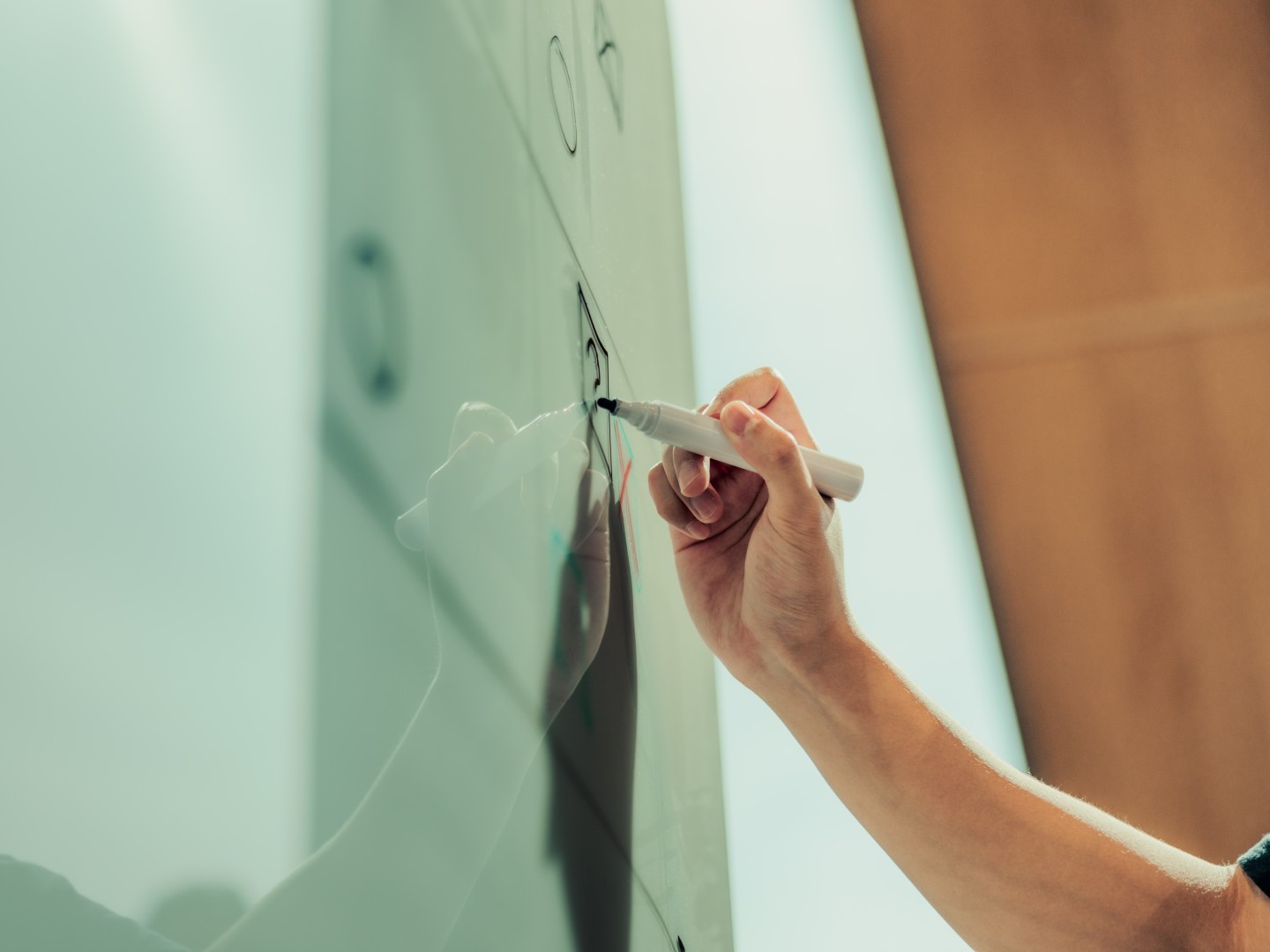Patent
We very often use machine translations between different languages, in the form of Google and the EPO's language models which are calibrated on patent texts.
We almost always use advanced text searches in patent literature and other literature via Anserabased Seach (AbS). It is the new search tool that the EPO has developed for European patent authorities. AbS uses AI in machine translation for the construction of indexes, but the type of search that AbS has, methodologically speaking, cannot be considered AI technology. But we mention it since there is quite a lot that goes under the AI umbrella.
A working group has been set up to try out Generative KI in AbS, and we are following this. We are unsure whether AbS also has "AI-based" searches in figures. Such algorithms exist, and they were at least discussed early in the development of AbS.
We use PatSeer for some searches, they have modern semantic searches built in. This is usually considered AI technology. PatSeer also has qualitative estimates of the quality of a patent in terms of various aspects. There are probably also up-calibrated "big data" models at the bottom.
So far, we do not use any (generative) AI to write reports and statements, and we are probably a little skeptical about it. But we have a small project internally where we go through our own tasks and will try AI on a couple of them.
Trademarks
We have AI-based figure search. Together with other countries that use Acsepto for investigation, we have collected everyone's figures into one large collection which we have sent to the supplier. They have calibrated a module for image recognition which means that we can search faster and more precisely for shapes that resemble the present application. This search is also available on our public search search.patentstyret.no.
What are we doing in the near future?
We have access to EUIPO's image search for both trademark and design via our membership in TMView and Designview. We have not had the necessary resources to use this internally yet, but we have an ongoing dialogue with EUIPO. In addition, we have started a project to adopt generative AI internally, first to learn it and to create a secure infrastructure. We will then try it out internally both for case processing of applications and other activities, and externally for, for example, searches on the website, in legislation, routines, or in assistance with filling in forms.
The Norwegian Industrial Property Office uses the tool IP-Rally, and we have understood that it works well for searches. We have distributed the work internationally so that we are among the first to start AbS. We will learn from other people's experiences with IP-Rally after our case managers have learned AbS.
We know that several authorities are successfully using AI for functions such as classification, and we have been offered it by WIPO and the EPO. This could save us a few minutes per case, but we believe it is not worth the cost of programming such an AI model into our case management system. It would probably not work so well on the Norwegian-language applications.


